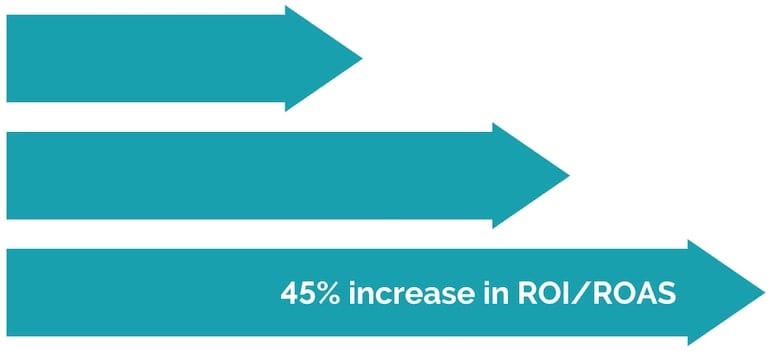Hero Conf London 2019 Speaker Recap: Milka Kramer

At Hero Conf London 2019, keynote speaker Milka Kramer from Microsoft Advertising walked listeners through how successful businesses marry technology to market to their customers and influence their decision journey.
According to Microsoft, 80% of marketers are struggling with applying AI Learnings. The remaining 20% are considered high performing marketers, utilizing first and third-party data to create personalized, relevant experiences. These customers understand the customer journey and take action on it. Kramer presented a blueprint for success in five steps:
- Unify the data in the cloud
- Ensure high quality of data
- Consolidate 1st & 3rd party data
- Predict audience intent
- Boost engagement and performance with AI
By following these steps, Kramer explained that businesses can increase their CXQ (customer experience quotient).
Kramer gave a surprising statistic to start off her presentation: only 14% of companies are using AI. These companies are considered high performers with “the right talent, prioritization of resources, and application of data and technology.” These companies have a deep understanding of their customer decision journey (CDJ), have a dedicated employee to the customer journey, and they are 1.7x more likely to use agencies. Kramer states that these “high performers are ahead in adopting emerging media types, and invest more heavily in digital overall, likely due to benefits of their CDJ understanding.”

Using these statistics, Kramer developed a case for how to improve businesses’ customer experience quotient. Leading companies use cloud technology to store data and machine learning to achieve greater sales/revenue lift. She emphasized that now we produce more data than ever, but we can’t make sense of it unless it is constructed well, which is why high performing companies make use of cloud storage technology. To utilize data well, it is crucial to combine 1st and 3rd party data to be predictive about where consumers are going to engage. Marketers can often be overwhelmed by the number of data points received from customers; cloud storage, data organization, and machine learning can assist in this. Machine learning only works if you have high-value data.
Kramer stated that “when you are pressured to perform, you default to what you know works.” However, through research of top-performing companies and how they utilize Machine Learning, she stated that companies saw a 45% incremental lift in ROI/ROAS. These companies are utilizing her blueprint for success and are making an intentional, concentrated effort to act upon the data they see emerging from their marketing. She said that 86% of these top-performing companies have someone designated as a lead in the efforts to understand and market to the customer decision journey.

Throughout her presentation, Kramer emphasized that the modern marketer skill set is very complex; he/she has to be an IT professional, creative, data strategist, and analyst. She said that the “pressure is high both internally and externally to use blended marketing…we are no longer in the age of digital marketing, but rather, marketing in a digital age.”
To read more about data-driven attribution, customer journeys, and digital marketing, check out Hanapin’s webinar Thriving in an AI World: Tips for PPC Professionals.



